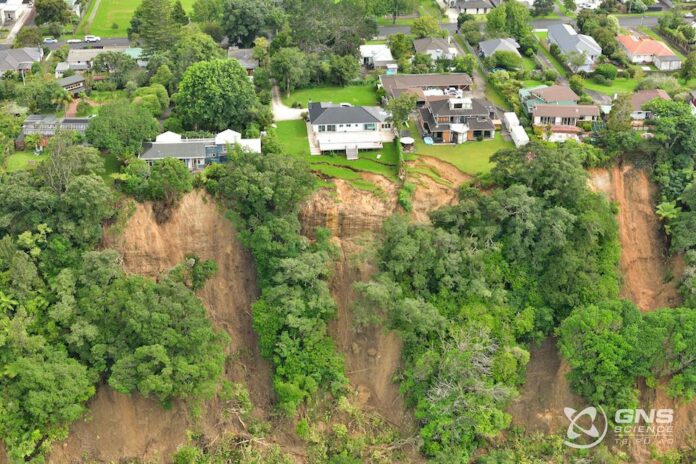
Toka Tu Ake EQC (Earthquake Commission) has awarded 14 research teams a total of more than $1.2 million in this year’s Biennial Grants round. These research projects aim to help better understand New Zealand’s natural hazard risks and find ways to reduce the impact of those hazards.
The EQC wants to ensure natural hazard resilience becomes embedded in all aspects of decision-making for homes, towns and cities in New Zealand. Investing in research and translating that will reduce vulnerability to natural hazard events.
The grants have been running since 1989 as part of contestable funding, and are awarded every two years.
Successful grants are aligned with EQC research investment priorities, including research that empowers people, quantifies hazards and their impacts, looks at smarter land use, governance and economics and resilient buildings. This year there were nearly 80 expressions of interest.
Head of Research Dr Natalie Balfour says the successful projects cover most of the country’s natural hazards, from volcanoes to landslides.
“Many of the projects incorporate effects of climate change on these hazards, such as one on slope hazard hotspots in New Zealand’s changing climate,” Dr Balfour says.
“Some also include Maori knowledge, or are led by Maori researchers — such as one project about coastal inundation losses on Maori assets in the southern Marlborough district — which will integrate Te Ao Maori with contemporary science to analyse coastal inundation losses for adaptive resilience.
“Investing in science and research is critical, as is translating it into tangible and appropriate outputs for others to use. If we can put sound data and research into the hands of key decision-makers like policy makers, local councils, designers, engineers, builders and, most importantly, the New Zealand public, that’s when we can start making a difference,” Dr Balfour says.
She says results from previous Toka Tu Ake investments have led to new building design guidance for engineers, identifying at-risk land, and detailed information for planners and emergency managers about the likely impacts of natural hazards across the country.
This year the EQC continued special allocations to ensure there are more opportunities for Maori relevant research and early-career researchers.
“We were delighted with the response to this year’s grant round and pleased to be supporting fantastic projects that broaden the focus of our research programme to deliver new knowledge for New Zealand’s resilience. The quality of the proposals was exceptionally high.”
Along with funding the Biennial Grants, the EQC invests in research at universities across New Zealand, supports regional and community organisations in research on natural hazards and risk reduction, as well as contributing to systems and programmes such as the GeoNet New Zealand’s natural hazard monitoring system.
Background information about the Toka Tu Ake EQC Biennial Grants
• Biennial Grants have been running since 1989, and have provided around $8 million in funding for more than 250 projects since then.
• Every two years, the EQC invites experienced and emerging researchers to submit proposals for Biennial Grant public good research (available for public use), as defined by the Earthquake Commission Act 1993 and Toka Tū Ake EQC research investment priorities statement.
Projects fall into five categories:
• How people perceive and manage risk (empowering people).
• Building and infrastructure performance (resilient buildings).
• Land use management (smarter land use).
• The governance and economics of disaster risk and disaster risk management (governance and economics).
• Quantifying the size and frequency/likelihood of hazards and their impacts. (quantifying hazards and their impacts).



